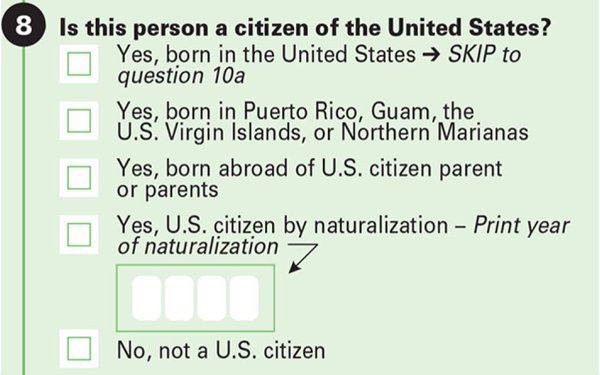Nobody asked but …
More observations on government statistics, government info, and government data:
- When I shared the previous effort, Doubly-Damned Lies, there were objections … predictably.
- I was given the example of homelessness in the Bahamas, as the result of the recent hurricane. The claim was implicitly made that statistics would somehow make a factual situation better, that facts organized into appropriate knowledge would indicate a bright line along the path which should be taken. But, is there a statistical, one-size-fits-all? Why not let the facts speak directly to each case at hand?
- Some statistical treatment of emergency situations, however, may shed light on the problem. There is the case, documented by Edward Tufte, about how epidemiology made a giant step forward. In this case, the statistician immersed himself in the environment of the facts, and the design of the research was ad hoc.
- Cyclical statistical report formats become artifacts of some historical set of facts. They become institutions which preserve some status quo.
- There is always the danger that statistics published with good intent will be ill-used by others with ill intent.
- We are exposed to the damages of statistical treatment poorly designed. Every statistical investigation must be designed by designers with pre-existing biases. Do these biases affect the outcomes? For examples, I heartily recommend two books recently read, The Mismeasure of Man, by Stephen Jay Gould, and Predictably Irrational, by Dan Ariely.
— Kilgore Forelle




